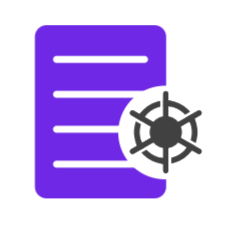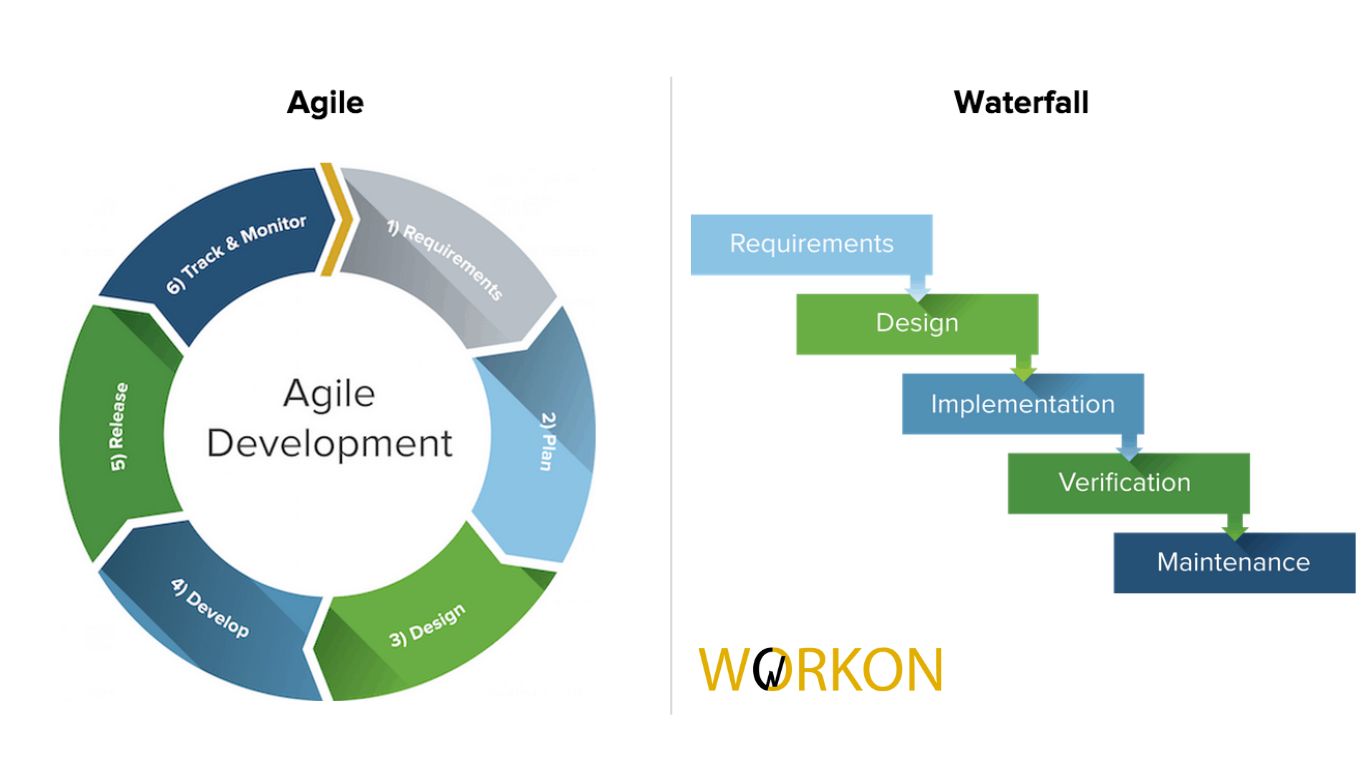What is it
Customer onboarding is the process by which a business or organization welcomes and familiarizes new customers with its products, services, and overall operation. It is crucial for several reasons, as it directly impacts your business’s success via customer satisfaction.
You could simply provide login credentials to your customers and let them navigate your product for themselves, or you could take them on a tour of your product!
Let’s see why it matters:
Importance
- First Impressions: The onboarding process is often the first interaction a customer has with your business. A smooth and well-executed onboarding experience creates a positive impression.
- Reduced Churn: Effective onboarding can significantly reduce customer churn (the rate at which customers leave a product or service). When customers understand how to use a product and experience value early on, they are less likely to abandon it.
- Increased Product Adoption: Onboarding introduces your customers to the key benefits, and also leads them to adopt and increase usage of your product. Satisfied customers become passive brand advocates and share their experiences within their network.
Major points to communicate during onboarding
Each business has a unique way of reaching out to and communicating with their customers, however, some points of communication are common across all businesses. Since the onboarding process is the first time your customer sees your product in action, ensure that you strongly and clearly communicate vital information about the value addition during onboarding itself:
- Product Introduction: Explain your product or service, ie, how it solves the customer’s problems or meets their needs. Attacking customer pain points and clearly state the value that your product or service adds to your customer’s life.
- Familiarize your customers: Offer tutorials, guides, or training sessions to help your customers learn how to use the product features. Incorporate FAQs, send guides via email and invite them to webinars to keep them engaged and informed.
- Clear Expectations: This is extremely important. If a customer thinks he can get the moon using your product and when inevitably that doesn’t happen, your customer becomes unhappy and churns quickly. Manage customer expectations, including what they can achieve. Showcase case studies if any, put numbers to problems where possible.
Best practice’s
Now that we have talked about the importance of, the why’s and the what’s of a customer onboarding journey, let’s discuss the “how’s”.
As we mentioned above each business has their own way of reaching out to and onboarding customers.. Here are some of the best practice’s:
- Welcome and Registration: The onboarding process often starts with a welcome email or message, along with registration or account setup. Customers create their profiles and log in to the system, i.e., setting up profiles, personalizing settings, and inputting basic information.
- Customization: Guide your customers through setting up the product to meet their specific preferences as per their business use case like integrating with other tools, or creating templates.
- First Use: Encourage your customers to perform their first action or complete a basic task within the product. This can be a pivotal moment in terms of engagement, for example completing KYC or making the first purchase.
- Customer Education: Follow up with your customers via emails, surveys and ensure they’re not stuck somewhere.
- Renewal and Upsell Opportunities: For subscription-based models, onboarding can lead to renewal and upselling opportunities as your customers become more deeply integrated with the product.
Smoothen the onboarding journey
At the end of the day in simple terms your customer onboarding journey is a workflow, and thus you should manage it like one. Let’s see how you can make the perfect onboarding flow, with minimal human intervention and zero mistakes:
- Task Management: Create a standardized onboarding workflow with specific tasks, responsibilities, and timelines using a project management software. This helps ensure that each customer follows the same structured path and that no critical steps are missed.
- Task Dependencies: Use task dependencies to ensure that certain tasks are completed before moving on to the next. For example, profile completion.
- Automation: Automate routine onboarding tasks and notifications, such as sending welcome emails, reminders, and follow-ups, to save time and reduce the risk of human error. Set up automated notifications and alerts for key milestones, deadlines, or customer interactions. This keeps your team up to date and also keeps your customers engaged with your product.
- Document Management: Store all relevant onboarding documents, such as user manuals, guides, and training materials, in your product blog or guide. Market it via emails and messages.
- Integration with CRM: Integrate your project management software with your customer relationship management (CRM) system to access customer data, preferences, and contact information. This ensures that onboarding is personalized and data-driven.
Integrating these few steps in your customer onboarding should make the process easy and hassle free.
Furthermore, by using project management software to streamline and manage the customer onboarding process, you can increase efficiency, reduce errors, and provide a more consistent and personalized experience for your customers, ultimately leading to higher satisfaction and retention rates.
If you’re interested in integrating a powerful project management tool in your customer onboarding process, you can contact Bigworks for a trial of WorkOn. WorkOn allows you track tasks, manage files and lets you create custom workflows, helping you streamline and foolproof your customer onboarding.





